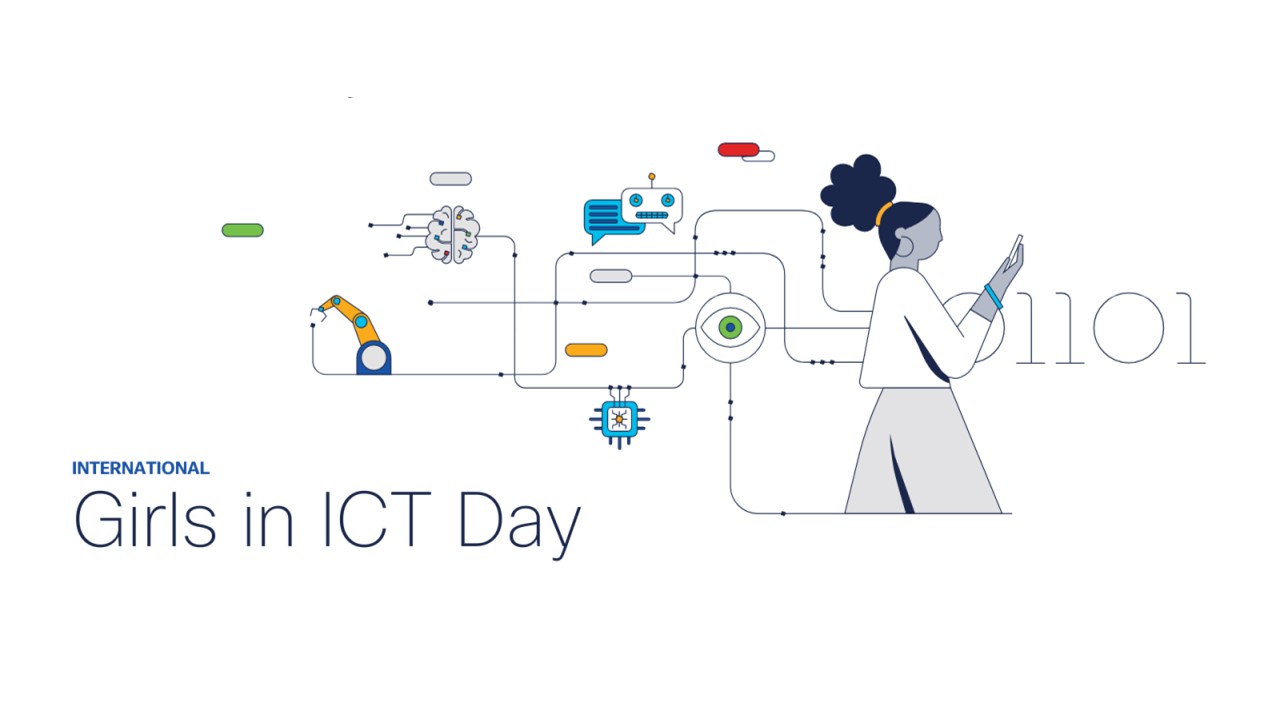- My cat loves this automatic wet food feeder, and it's on sale
- Certified and Unstoppable: Recertify with Rev Up
- Walmart's drone delivery spreads its wings to 100 more stores - is yours one?
- Meta Ray-Bans for 20% off is a great deal on one of my favorite products
- Control content chaos without compromising security
Transforming Tech: Why Leadership Must Start with Our Girls in STEM

Thirty-three years ago, I stumbled into the world of technology with a goal: to support my family financially and ensure my brother could attend university. What started as a necessity quickly turned into a passion, as I discovered the immense potential and opportunities within the IT sector.
Today, as we celebrate Girls in ICT Day, my focus is on nurturing leadership in STEM (science, technology, engineering, and mathematics) and the critical role it plays in driving meaningful change not only across the tech landscape but shaping the world we live in.
True leadership transcends titles and positions, embodying innovative thinking, confident decision-making, and the ability to adapt changes effectively. These are qualities we need to instill in students, innovators, and leaders at every level.
Supporting girls and women in tech
As digital transformations driven by AI and other emerging technologies continue to reshape our industries, the imperative for gender inclusivity becomes even more pronounced. The data shows women hold less than a third of tech roles and earn 21% less than their male counterparts. In AI, women constitute only 22% of the workforce, with significant underrepresentation in tech leadership roles. Within the C-suite across STEM fields, only one in eight is a woman.
These statistics are more than numbers; they represent a stark reality where, according to the United Nations Conference on Trade and Development (UNCTAD), closing the global gender gap across all sectors will take almost 132 years at the current pace, a delay we can neither accept nor afford. This projection is especially concerning within the technology leadership, where diversity of ideas and innovation that women bring is vital not only for gender equality but for the broader health and advancement of the industry.
At Cisco, we recognize our responsibility to act. Through initiatives like the Cisco Networking Academy and Women Rock-IT, we aim to provide the skills and opportunities needed to succeed in this transformational field. These programs are designed to unlock potential and inspire a new generation of leaders to pursue careers in technology.
I invite you to watch a video featuring Gemma Alcock, founder and CEO of SkyBound Rescuer, an innovator in the use of drone technology for search and rescue operations. Gemma’s story is a powerful example of what women can achieve in tech with the right support and opportunities. See Gemma’s story below and get more information on the Women Rock-IT homepage.
The tech sector needs you
To every aspiring young woman with an interest in technology: the tech sector needs you.
Your creativity, ideas, and unique perspectives are vital for crafting a balanced and inclusive digital future. We need you to step forward into leadership roles, to challenge the existing stereotypes, and to contribute to building a world where digital advancements benefit everyone.
Empowering young women
To the global community: Let’s reinforce our commitment to empowering young women.
By investing in comprehensive education, robust mentorship, and skill development, we ensure that women do not just enter tech but excel in it. Let’s support and inspire our girls on Girls in ICT Day, and beyond, because they are indeed the leaders of our digital future.
From an accidental beginning in tech thirty-three years ago to leading change at Cisco, my journey underscores the vast opportunities that the tech world can offer. Let us celebrate Girls in ICT Day by committing to empower the next generation of women leaders in STEM, ensuring they have the tools and confidence needed to lead and innovate. Together, we can close the gender gap in technology and cultivate a future rich in diversity and inclusion for all.
Note: Data and statistics cited in this article are derived from reports by the World Economic Forum, UNESCO, the International Telecommunication Union, and studies conducted by McKinsey & Company and Deloitte. For more detailed information, please refer to their latest publications on gender equality in the tech industry.
Share:

